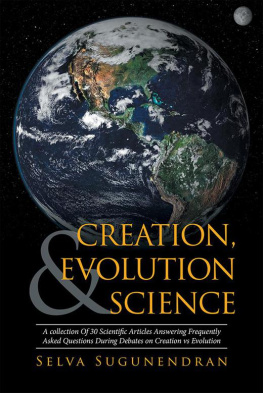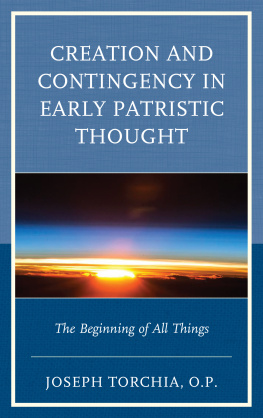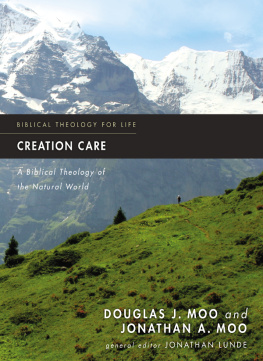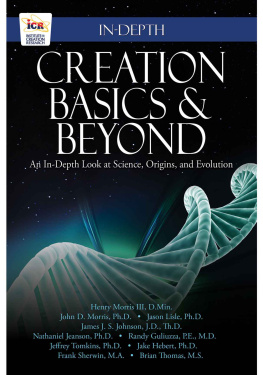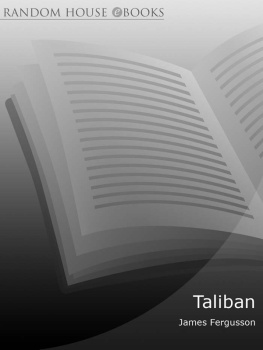GUIDES TO THEOLOGY
Sponsored by the Christian Theological Research Fellowship
EDITORS
Alan G. Padgett Luther Seminary
David A. S. Fergusson University of Edinburgh
Iain R. Torrance University of Aberdeen
Danielle Nussberger Marquette University
Systematic theology is undergoing a renaissance. Conferences, journal articles, and books give witness to the growing vitality of the discipline. The Christian Theological Research Fellowship is one sign of this development. To stimulate further study and inquiry into Christian doctrine, we are sponsoring, with the William B. Eerdmans Publishing Company, a series of readable and brief introductions to theology.
This series of Guides to Theology is written primarily with students in mind. We also hope that pastors, church leaders, and theologians will find them to be useful introductions to the field. Our aim is to provide a brief introduction to the chosen field, followed by an annotated bibliography of important works, which should serve as an entre to the topic. The books in this series will be of two kinds. Some volumes, like The Trinity, will cover standard theological loci. Other volumes will be devoted to various modern approaches to Christian theology as a whole, such as feminist theology or liberation theology. The authors and editors alike pray that these works will help further the faithful study of Christian theology in our time.
Visit our Web page at
http://apu.edu/CTRF
CREATION
David Fergusson
WILLIAM B. EERDMANS PUBLISHING COMPANY
GRAND RAPIDS, MICHIGAN / CAMBRIDGE, U.K.
2014 David Fergusson
All rights reserved
Published 2014 by
Wm. B. Eerdmans Publishing Co.
2140 Oak Industrial Drive N.E., Grand Rapids, Michigan 49505 /
P.O. Box 163, Cambridge CB3 9PU U.K.
19 18 17 16 15 147 6 5 4 3 2 1
Library of Congress Cataloging-in-Publication Data
Fergusson, David.
Creation / David Fergusson.
pagescm(Guides to Theology)
Includes bibliographical references.
ISBN 978-0-8028-7196-1 (pbk.: alk. paper)
eISBN 978-1-4674-4210-7
1. Creation.I. Title.
BT695.F382014
231.765dc23
2014013046
www.eerdmans.com
Contents
In the McManus Galleries in Dundee, there hangs a painting by the artist James McIntosh Patrick. Titled A City Garden, it was painted in 1940 and depicts a bright autumn morning in the back garden of the artists house near the River Tay. A scene of natural beauty and order, the painting also shows his wife hanging the washing on the clothesline while their daughter plays beside her on the lawn. Their facial expressions are hard to discern. This is a moving evocation of the artists home life surrounded by great natural beauty and shaped by the bonds of his household companions. Yet it is also a threatened landscape. War has been declared and the artist will soon leave his home for military service in the Middle East. Across the garden wall, an Anderson air raid shelter is being constructed, in anticipation of the imminent bombing of the ship-building industry on the Tay estuary. Only by attending to all the details in their particularity and interrelatedness can we understand the painting. McIntosh Patricks work illustrates for me something of importance about the theology of creation. It is neither a preamble nor an introduction to the other more important articles of Christian faith, although you might derive this impression from the creeds of the church. The created world is integral to who we are and how we live with our companions. We are embodied persons who live in community and share a natural environment with other creatures. This is our home, even amidst threats to its peace and order. In what follows, I have sought to register these convictions in introducing the theology of creation, sometimes at the risk of departing from traditional approaches and emphases.
This book has been too long in gestation but its material has been enhanced by the responses of several generations of students at New College in Edinburgh. I am also grateful for comments and chance conversations with a wide range of colleagues and friends who may be quite unaware of their contributions. Mention should be made of Wentzel van Huyysteen, Wilson Poon, Mark Harris, Alexandra Parvan, Sara Parvis, Michael Northcott, and Graeme Auld. A particular debt of gratitude is owed to Dr. Simon Burton, who invested much time and skill in compiling an initial draft of the annotated bibliography.
I am also grateful to my fellow series editorsAlan Padgett, Iain Torrance, and Danielle Nussbergerfor awaiting this long-overdue project with such patience. And finally my thanks also to David Robinson for his careful preparation of the index.
In what follows, I have drawn upon a succession of earlier writings on the subject, including the following.
The Cosmos and the Creator: Introduction to the Theology of Creation (London: SPCK, 1998).
Divine Providence and Action, in Gods Life in Trinity: Festschrift for Jrgen Moltmann, ed. Michael Welker and Miroslav Volf (Minneapolis: Fortress Press, 2006), pp. 15365.
Karl Rahner and the Extra-Terrestrial Intelligence Question, coauthored with Christopher Fisher, Heythrop Journal 47 (2006): 27590.
Creation, in Oxford Handbook of Systematic Theology, ed. John Webster, Iain Torrance, and Kathryn Tanner (Oxford: Oxford University Press, 2007), pp. 7290.
Providence after Darwin, in Theology After Darwin, ed. Michael Northcott and R. J. Berry (Milton Keynes: Paternoster: 2009), pp. 7388.
Theology of Providence, Theology Today 67 (2010): 26178.
The Reformed Doctrine of Providence: From Calvin to Barth, in Van God gesproken: Over religieuze taal en relationele theologie; Festschrift for Luco van den Brom, ed. Theo Boer, Heleen Maat, Alco Meesters, and Jan Muis (Zoetermeer: Uitgeverij Boekencentrum, 2011), pp. 23345.
Creation and Providence, in Dictionary of Christian Theology, ed. Ian McFarland, David Fergusson, Karen Kilby, and Iain Torrance (Cambridge: Cambridge University Press, 2011), pp. 12022, 41619.
Interpreting the story of creation: A case study in the dialogue between theology and science, in Genesis and Christian Theology, ed. Nathan McDonald, Mark W. Elliott, and Grant Macaskill (Grand Rapids: Eerdmans, 2012), pp. 15574.
Natural Theology After Darwin, in Darwinism and Natural Theology:Evolving Perspectives, ed. Andrew Robinson (Newcastle: Cambridge Scholars Publishing, 2012), pp. 7895.
Providence and Its Secular Displacements, in Oxford Handbook of Theology and Modern European Thought, ed. George Pattison, Graham Ward, and Nick Adams (Oxford: Oxford University Press, 2013), pp. 65574.
Humans Created According to the Imago Dei: An Alternative Proposal, Zygon (2014): 43953.
DAVID FERGUSSON
Creation has reemerged as a major topic of theological inquiry in recent times. As a shared doctrine of the Abrahamic faiths, it is celebrated and provides common ground for interfaith conversation. In debates with new atheists, much attention (perhaps too much) has been devoted to the cosmological and design arguments for Gods existence. These tend to argue from the world to God, thus identifying God primarily as the creator. Culture wars involving those who favor a literal reading of Genesis 1 have received wide publicity. These have been revived in recent years, as we shall shortly see, over the historical Adam. Above all, awareness of the fragility of the earths ecosystem and the damage that is caused it by human populations has led to a much greater concentration on the theme of creation in contemporary theology. A reinvestigation of Scripture and tradition is now underway in the face of pollution, extinction of species, and depletion of natural resources.
Next page


